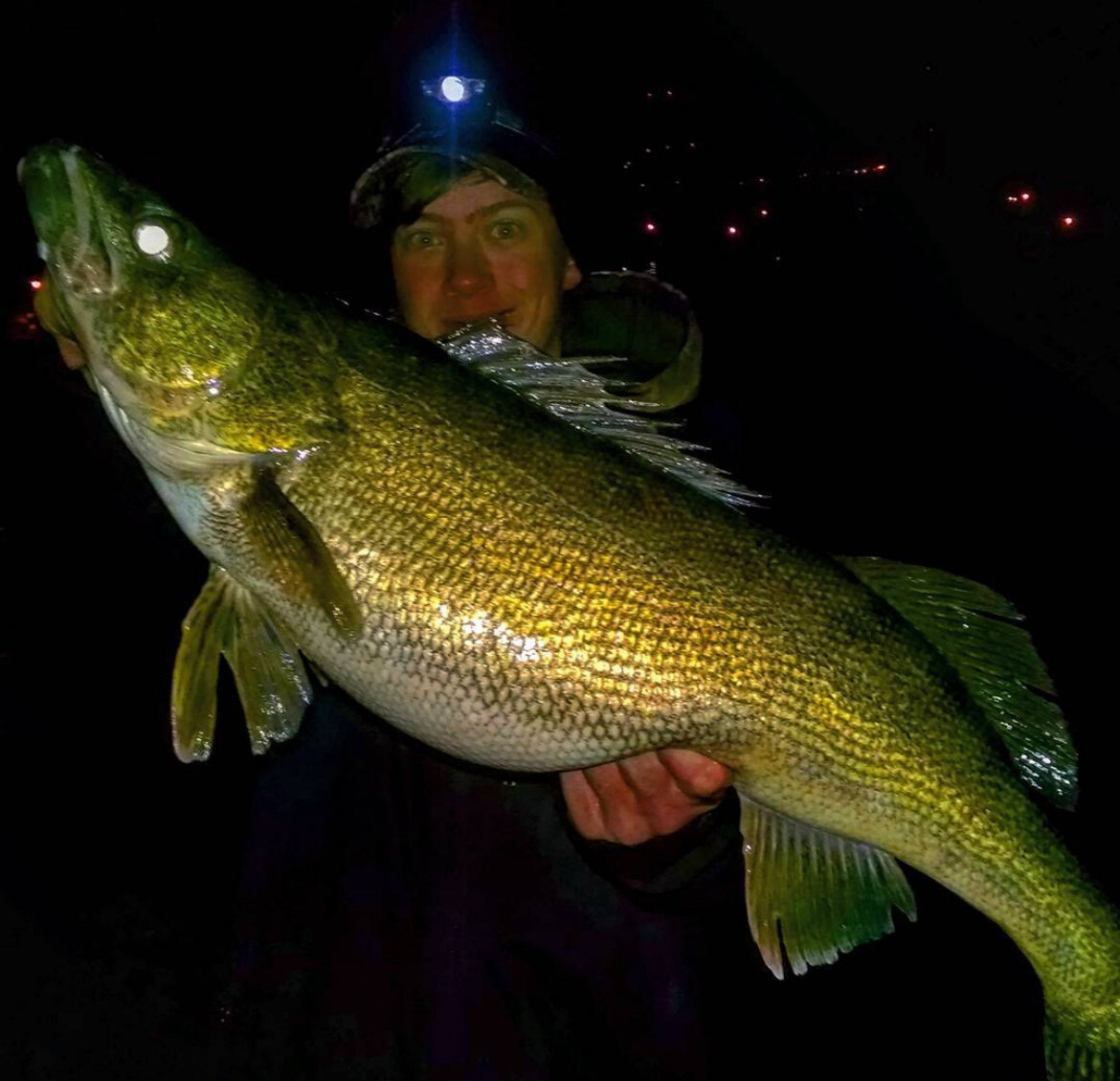Casting for Walleye from Shore at Night
Fishing for walleye at night from shore is one of the most underrated and accessible ways to connect with these elusive predators. Whether you're wading a rocky point, casting from a pier, or working a river bank, nighttime presents a prime opportunity—especially in spring and fall—when walleye push shallow to feed. This guide expands on essential strategies and gear for success after dark, and will help you confidently target walleye without the need for a boat.
Table of Contents
Why Walleye Feed at Night

When to Fish
Where to Cast for Shore Walleye
Best Gear for Night Shore Casting

Top Lures for Night Walleye

Retrieve Techniques
Stealth and Safety at Night

Regulations and Conservation
Final Thoughts
Shop Walleye Fishing Gear & Tackle

